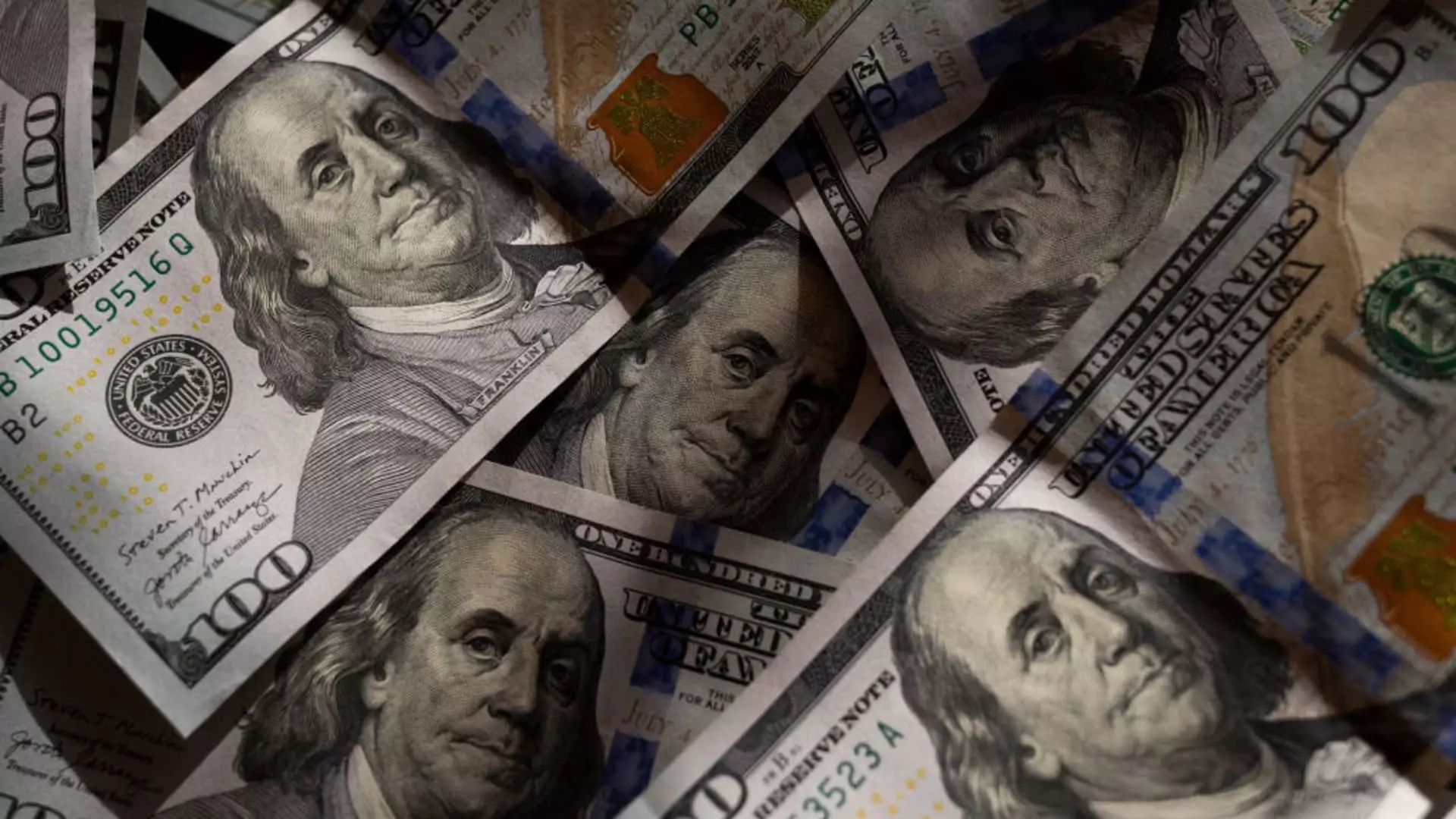The recent trajectory of the U.S. dollar is a stark indicator of shifting global financial sentiments. We’ve witnessed an unsettling drop in the dollar’s value, plunging over 9% year-to-date, and this decline has elicited a multifaceted response from central banks worldwide. With a large majority, 61% of financial managers anticipating further depreciation, it’s clear that confidence in the dollar is waning. This drop isn’t just a momentary dip but a profound expression of discontent with U.S. fiscal policies – a sentiment intoxicatingly potent given that we’re talking about the world’s primary reserve currency.
The implications of this weakening dollar are vast, affecting everything from inflation to international trade. While the central banks may welcome some relief from a weaker dollar, the ripple effects provoke challenges that are far more complex than mere currency fluctuations.
Currency Dynamics: The Ripple Effects of Dollar Weakness
As the dollar falters, safe-haven currencies like the Japanese yen and the Swiss franc are experiencing notable gains, reinforcing the narrative of flight to safety. The data tells a compelling story; the yen and franc have both appreciated over 10% against the dollar, illustrating how interconnected our financial fates are. It’s a tale of two currencies: while the dollar’s decline may offer temporary reprieve to importers and borrowers in dollar-denominated debt, it simultaneously complicates export competitiveness.
Emerging market currencies present a paradoxical scenario against this backdrop. Countries like Vietnam and Turkey faced steep depreciation despite the dollar’s drop, a situation reflecting their inherent vulnerabilities. This instability underscores a crucial point about global economics: the health of a currency cannot solely be judged by its comparisons to the dollar. Markets are entwined in a complex tapestry of geopolitical factors and unique national circumstances that can’t simply be collapsed into relative strength or weakness.
Central Banks at a Crossroads
The actions and policies of central banks add another layer of intricacy to this evolving narrative. As outlined by analysts, a weaker U.S. dollar should ideally ease the inflationary pressures that many nations face by making imports cheaper. However, for countries heavily reliant on dollar-denominated debt, the reality can be much less forgiving. The paradox of needing to stimulate an economy while managing a debt burden complicates the policymaking process tremendously.
Central banks are caught in a delicate balancing act: the need to react to the dollar’s fluctuations without igniting a currency war. The risk of retaliatory measures from the U.S. looms large over potential rate cuts or devaluation decisions. The tension between managing internal economic pressures and external currency relationships has forced central banks into a cautious approach, often resulting in delayed action or indecision.
The Geopolitical Landscape and Economic Policy
Trade negotiations, tariffs, and international relations are additional factors influencing currency strategies. Countries are acutely aware that any perceived attempt to manipulate currency can elicit swift and robust retaliation from the U.S. administration, further complicating their economic maneuvering. The current geopolitical climate favors caution from central banks, as the fear of entering a currency war overshadows potential benefits of devaluation.
Nevertheless, there is a silver lining to this bleak narrative. As the dollar declines, central banks worldwide may gain the breathing room needed to adopt more accommodating monetary policies, necessary for fostering growth in stagnating economies. But with inflationary risks lurking—potentially exacerbated by rising tariffs—central banks must tread carefully.
What lies ahead for both the dollar and global currencies is uncertain, but the narrative is evolving. Political and economic volatility will continue to dictate our paths, with central banks needing to adjust their strategies under pressure. For many, this might mean forgoing the chance to stimulate growth for fear of exacerbating inflation or igniting a currency crisis.
The reserve currency may be faltering, but the world remains ever watchful, each central bank poised to react in concert with a global economy that is more interconnected—and precarious—than ever before. The economic landscape demands not only astute navigational skills but also a commitment to collaboration among nations to mitigate the risks posed by conflicts and trade disputes. The dollar’s decline signals more than just a financial trend; it represents an urgent call for stability and cooperation on an increasingly fractious global stage.



Leave a Reply